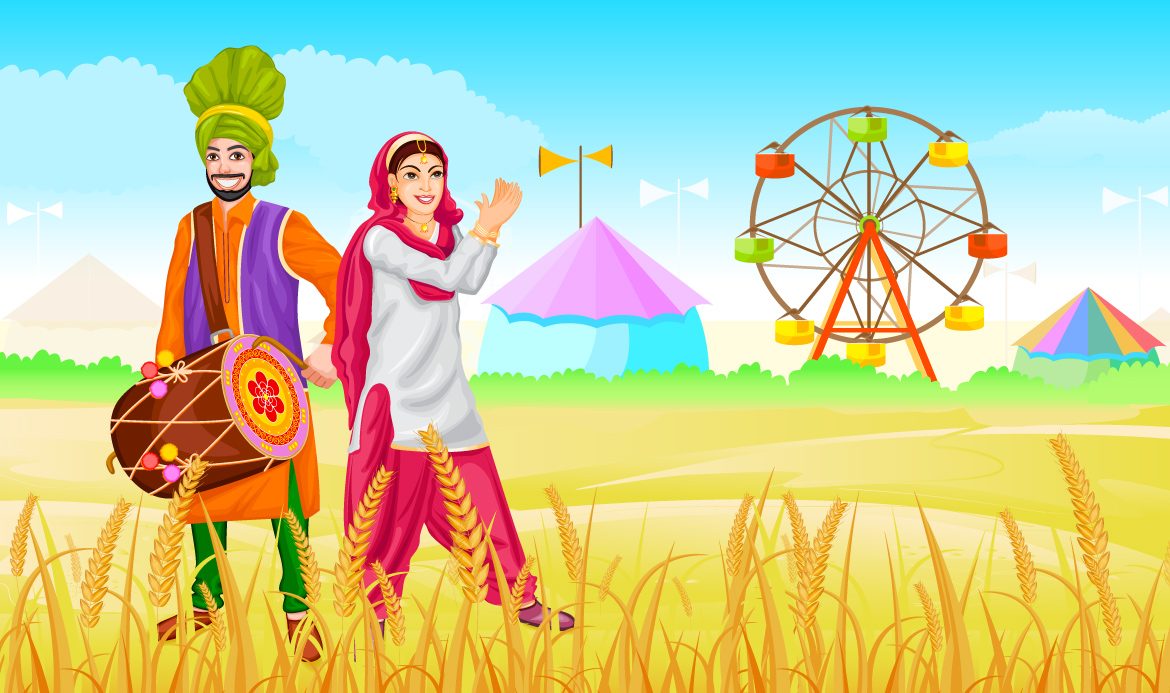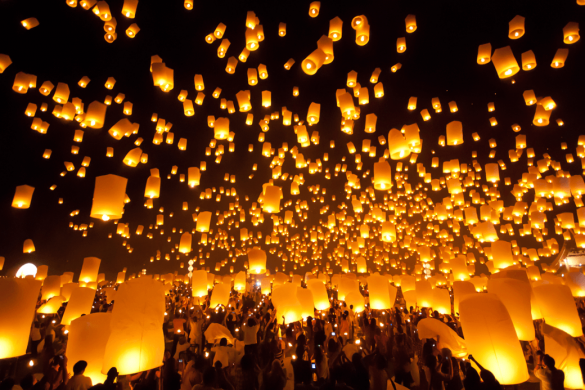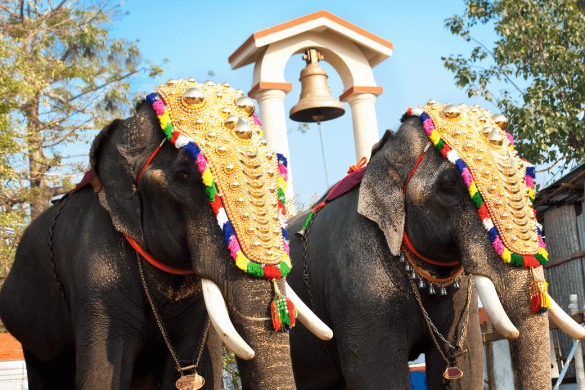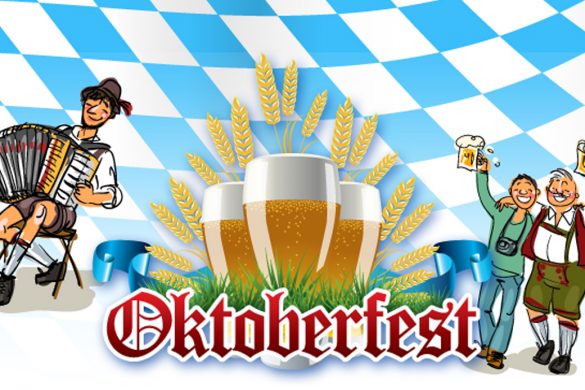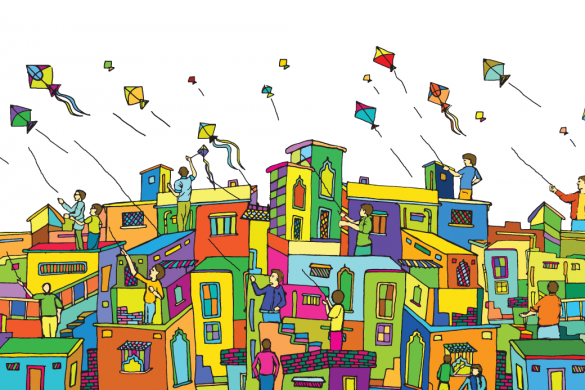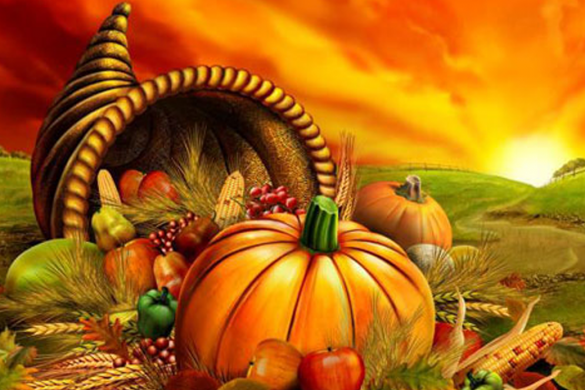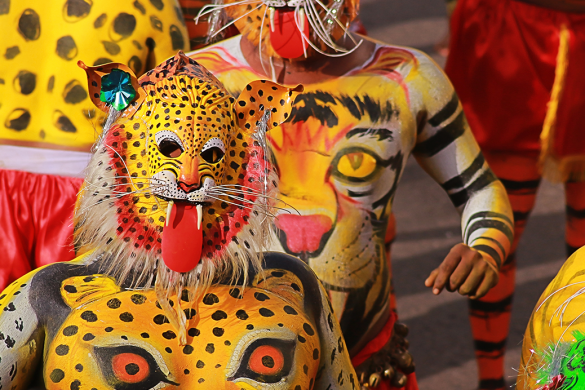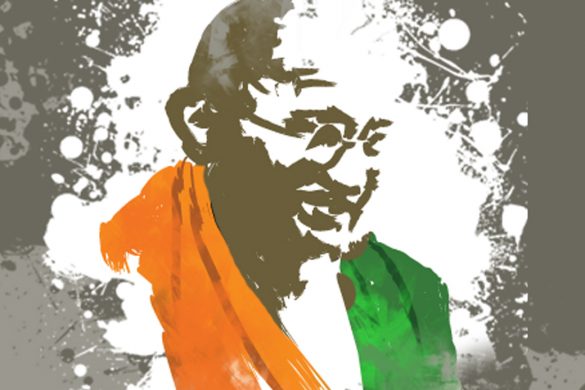Baisakhi essentially marks the arrival of the harvesting season and is a festival much associated with fanfare and exuberance. The word Baisakhi is derived from the name of the month Vaisakha and the festival is celebrated in the second week of April with zest and unmatched enthusiasm. Amongst other things, it is notable that the celebration of Baisakhi involves a lot of colours!
Baisakhi, although celebrated in various parts of India, is most popular amongst the people of Punjab and several fairs are organized here for Baisakhi celebrations. Its most colourful aspect are the fairs organized, where one can find the most vivid and vibrant colourful rural produce, especially as seen in Punjab. Men and women adorn themselves in their colourful best in fancy clothes and participate in these celebrations with gusto.
The fairs also consist of activities like races, wrestling bouts, singing, acrobatics and folk performances. The most entertaining feature of a ‘Baisakhi Mela’ is its bhangra and gidda performances, which are major crowd pullers. The colours here are not only restricted to colourful clothes but are also present in the form of numerous stalls, selling colourful bangles, local handicrafts and other trinkets.
The best thing about Baisakhi and its colours is that it’s not restricted to the villages anymore and has now spread to the cities of India and in other countries around the world. The high level of energy and vibrancy of a Baisakhi festival attracts crowds from other communities and religions who enjoy themselves thoroughly in this colourful celebration.
One of the most striking and colourful features of a bhangra dress or the pride of bhangra is the pag. The pag is adorned with a fan shaped turla. Pag is further highlighted with the use of a broad golden lace called gota and the dancers often tie colourful chunnis around their waist.
The kurtas worn are mostly white, but the use of bright colours like yellow (to signify sarson, which is mustard), green (signifies prosperity) and red (signifies auspicious saffron), makes it look more vibrant. The lower part of the dress is called lungi, which also comes in many charming shades. The elegant gidda dress signifies feminine grace and comes in vivid colours, adorned with heavy jewellery for a perfect festive look.
